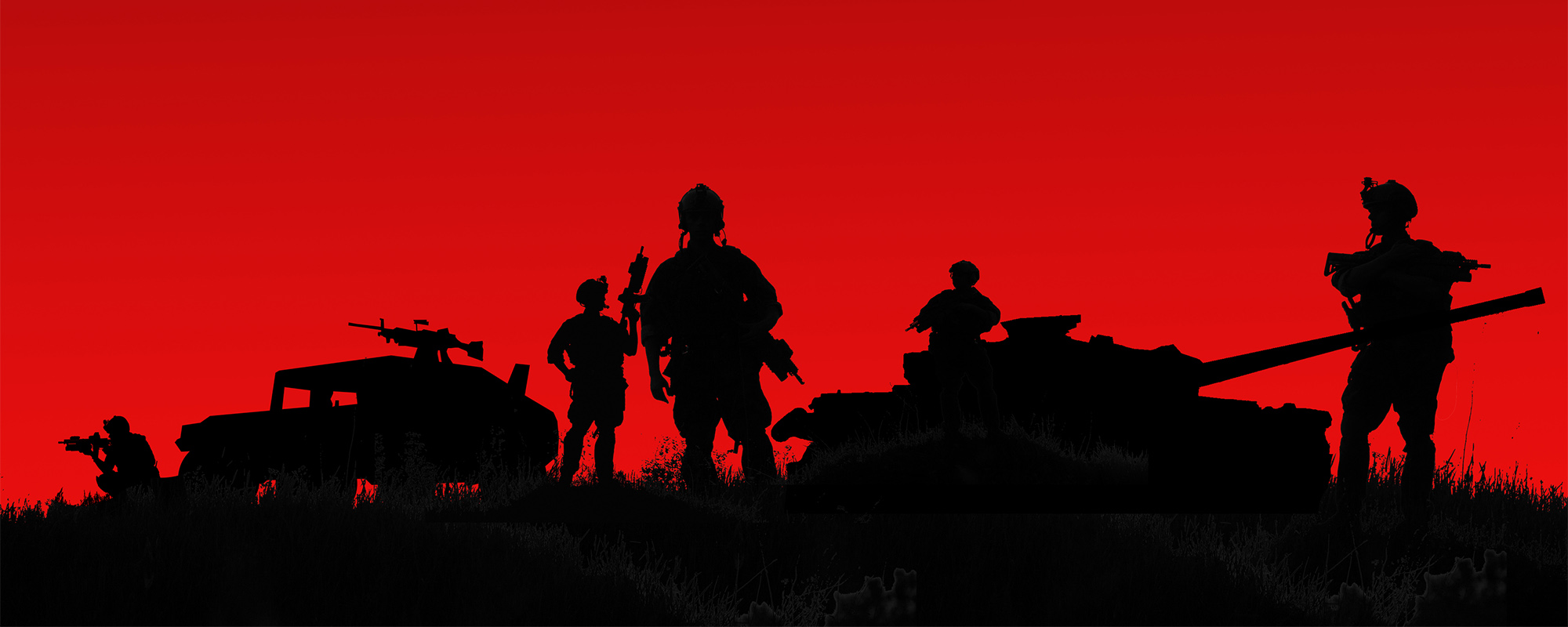The Joint Military Appreciation Process (JMAP) is not able to achieve the ADF objectives in Pacific Step-up. As formal military planning processes, the JMAP is designed to draw out necessary considerations for the practical conduct of war. The JMAP assist the military commander in understanding her mission, ensuring factors such as logistics, the environment, enemy actions, and objectives receive due consideration. However, the conduct of military operations being neither neat nor linear cannot be guided by a doctrinal process alone. Planning systems cannot encompass all the contributing factors for success in conflict. Clausewitz notes, “[t]he political object is the goal, war is the means of reaching it, and means can never be considered in isolation from their purpose”.[1] Planning processes play a role in considering the political objectives, means, and purpose of war and critical functions and assets which enable its conduct, but it is the operational artist, through professional mastery, who can both consider these factors and engineer them towards desired outcomes. The commander who can utilise a formal planning methodology to their advantage, without being overwhelmed or constrained by the process itself, can attain true operational art.
Operational art is therefore the practice in which the commander (at any level) can achieve the seamless bridging the tactical, operational, and strategic levels of war. While formal planning processes, such the contemporary Australian Joint Military Appreciation Process (JMAP), are necessary for the function of a modern military, without due consideration they lack the higher-level considerations necessary to realise a government’s strategic intent. This also remains extant for non-kinetic operations and the ADFs efforts in support of the Australian Government’s Pacific Step-Up is a demonstration of the use of a formal planning process and operational art in a non-kinetic environment. The Pacific Step-Up will only succeed if ADF commanders at all levels utilise both the JMAP and their competency in operational art.
In November 2018, Prime Minister Scott Morrison declared that “Australia’s national security and that of the Pacific…are intertwined”.[2] Insecurity, instability, and most visibly strategic competition in the South Pacific pose fundamental and existential threats to the Australian state due to the proximity of geography. Prime Minister’s announcement positioned the ADF as a key deliverer of Australian engagement with Pacific Island countries. Crucially, the strategy does not include combat-related activities. The Pacific Step-Up is therefore an example of the use of operational art and formal military planning processes in an environment without an adversary force. Demonstrating its usefulness the ADF has conducted formal planning guided by the JMAP to determine its Pacific Step-up engagement campaign. It has established necessary command and control functions, engagement schedules, sequencing and decisive events in order to achieve considered objectives. Practically, it has guided ADF commanders to ensure personnel, logistics, training, capability development, and engagement events have been prepared and synchronised appropriately.
However, operational art and mastery of the strategic domain are necessary if the ADF is to achieve its long-term strategic goal of being the security partner of choice for the Pacific Island countries. A systems-based approach or formulaic process is insufficient to influence and direct both human beings and the complexity of foreign states and their relations across multiple stakeholders. Sovereign states possess their own strategies and objectives and are affected by the personal choices of political leadership, and a process driven or dogmatic adherence to a plan is incapable of reacting at the speed and flexibility needed in this dynamic and at time subtle environment. It is the ADF leadership at all levels, alongside their Whole-of-Government partners who must determine the risks and opportunities of engagements and projects, depending on their own innate skill and understanding. It is through an understanding of the whole region politically and culturally that the commander, as an operational artist, can take advantage of situations and events as they appear; approving specific engagement opportunities, or importantly determining when specific engagements should not be pursued. The JMAP can ensure all factors, such as logistics and human resources are in place to deliver the outcomes the commander wishes to pursue in a timely manner, but it is the of operational artist who knows when to use, or pass on these opportunities.
The ADF operates in increasingly complex environments, and the JMAP continues to provide support commanders in achieving operational understanding, awareness of options, and synchronisation of activities. Conflict is no longer the confined to the battlefield, and as the Pacific Step Up demonstrates, the ADF can and will be employed by the Australian Government in environments of open competition in the pursuit of its strategic goals through non-kinetic means. The development of a individual professional mastery, of not only of the military profession but a more holistic mastery of the levers of the National power is the remit of the modern military operational artist. How the commander chooses to incorporate organisations and capabilities beyond the military into their campaign and operations will be a crucial factor of future operational art. While formal military processes like JMAP may assist in the development of a military campaign, it is only through this mature understanding of the operational art that the commander will succeed.
Image credit: ID 159275443 © Maxim Popov | Dreamstime.com
Campbell, Angus Speech to Australian Strategic Policy Institute International Conference – ‘War of 2025’, 13 Jun 19, Canberra.
Clausewitz, Carl von “On War, Translated and Edited by Michael Howard and Peter Paret” (Princeton University Press, 1984).
Department of Defence, ADDP-D—Foundations of Australian Military Doctrine (Canberra: Defence Publishing Service, 2012).
Department of Defence, Joint Military Appreciation Process (Canberra: Defence Publishing Service, 2016).
Morrison, Scott “Australia and the Pacific: A New Chapter” (speech, Townsville 8 November 2018), Prime Minister Australia website, https://www.pm.gov.au/media/address-australia-and-pacific-new-chapter
[1] Carl von Clausewitz, “On War, Translated and Edited by Michael Howard and Peter Paret” (Princeton University Press, 1984), 87.
[2] Scott Morrison, “Australia and the Pacific: A New Chapter” (speech, Townsville 8 November 2018), Prime Minister Australia website, https://www.pm.gov.au/media/address-australia-and-pacific-new-chapter



Comments
Start the conversation by sharing your thoughts! Please login to comment. If you don't yet have an account registration is quick and easy.